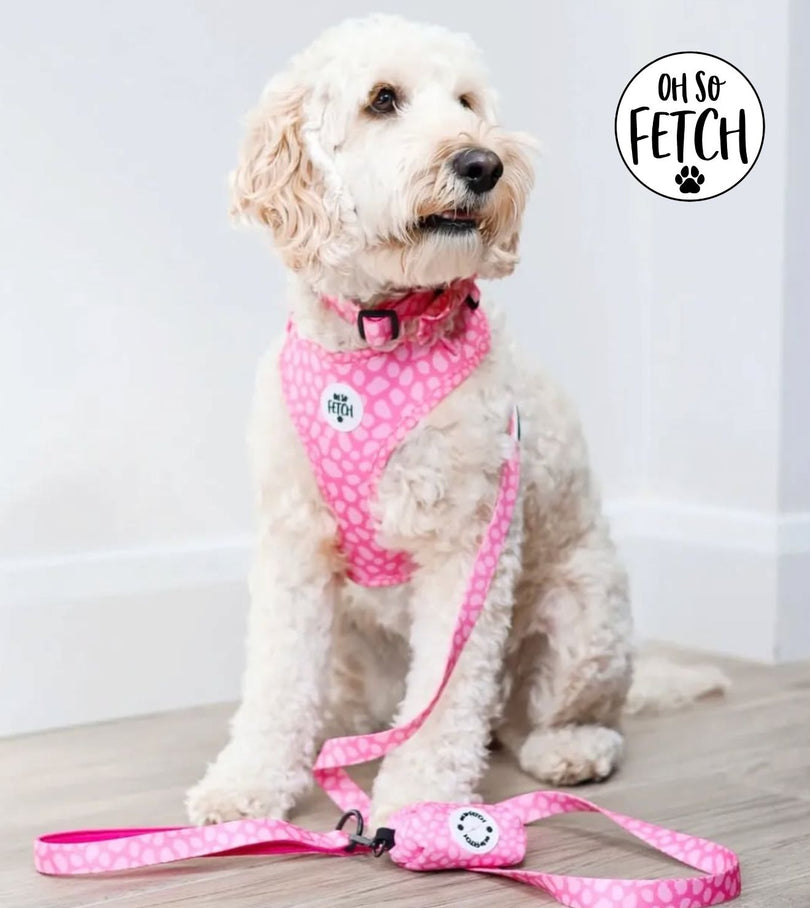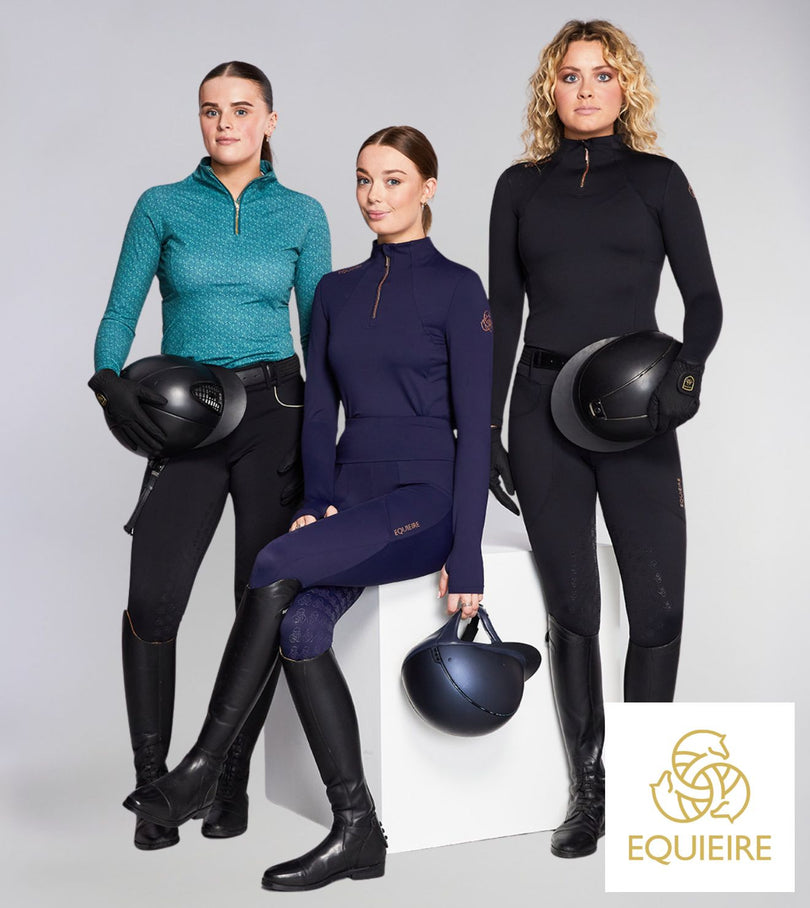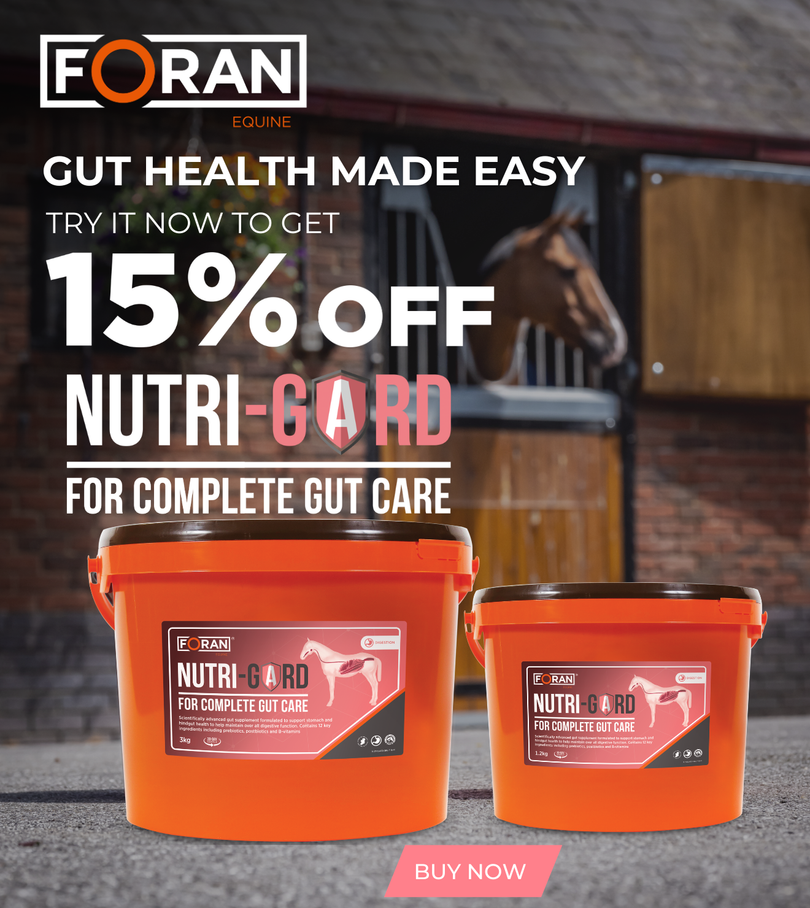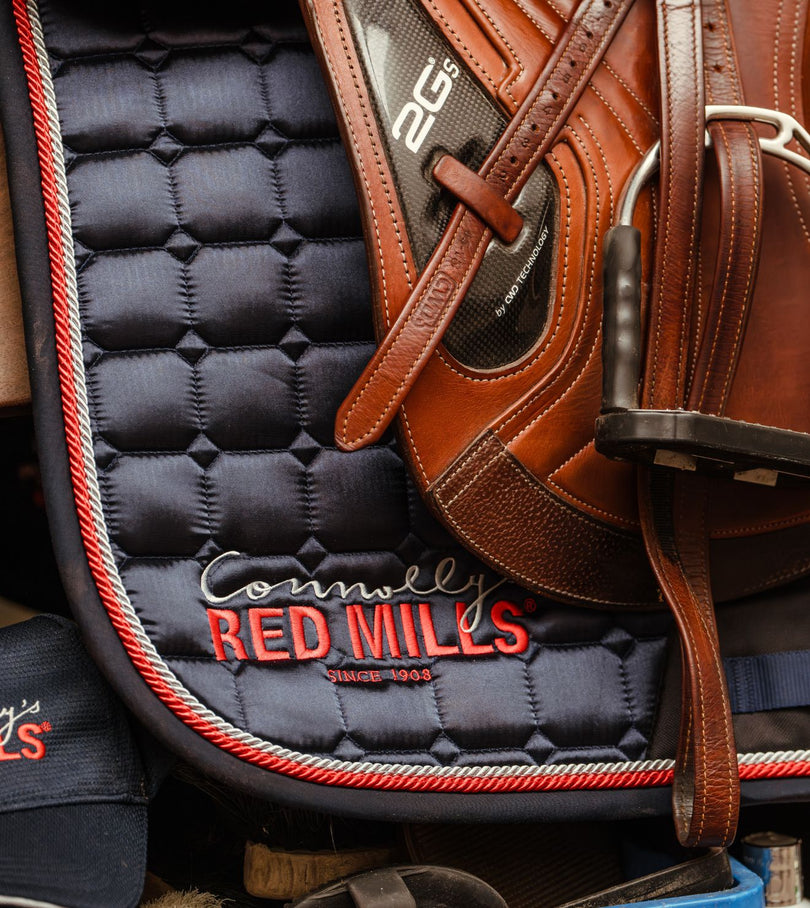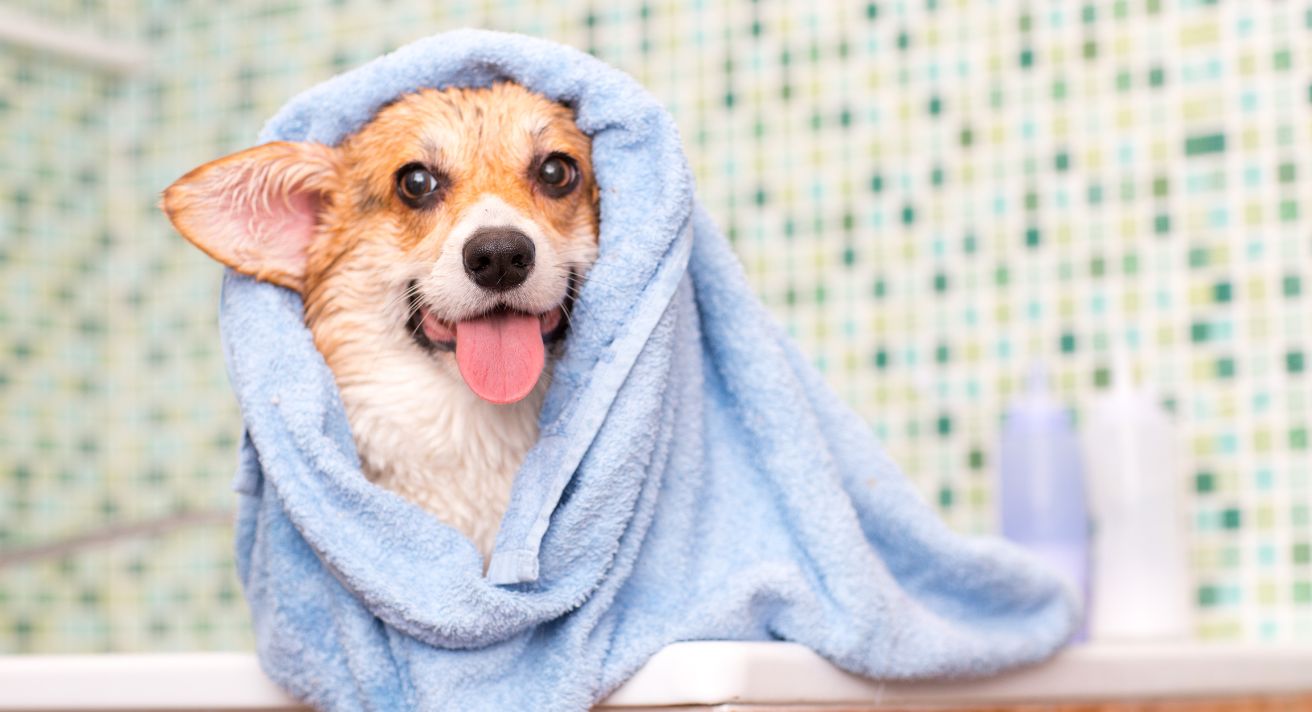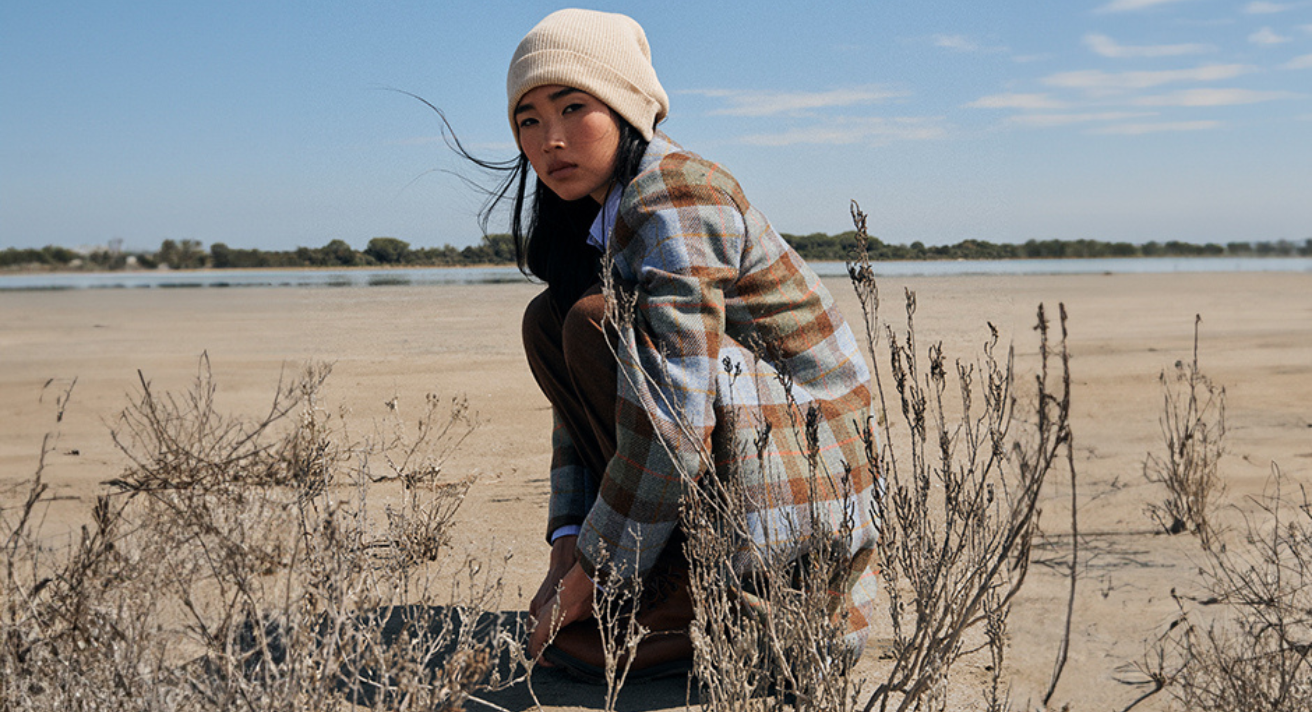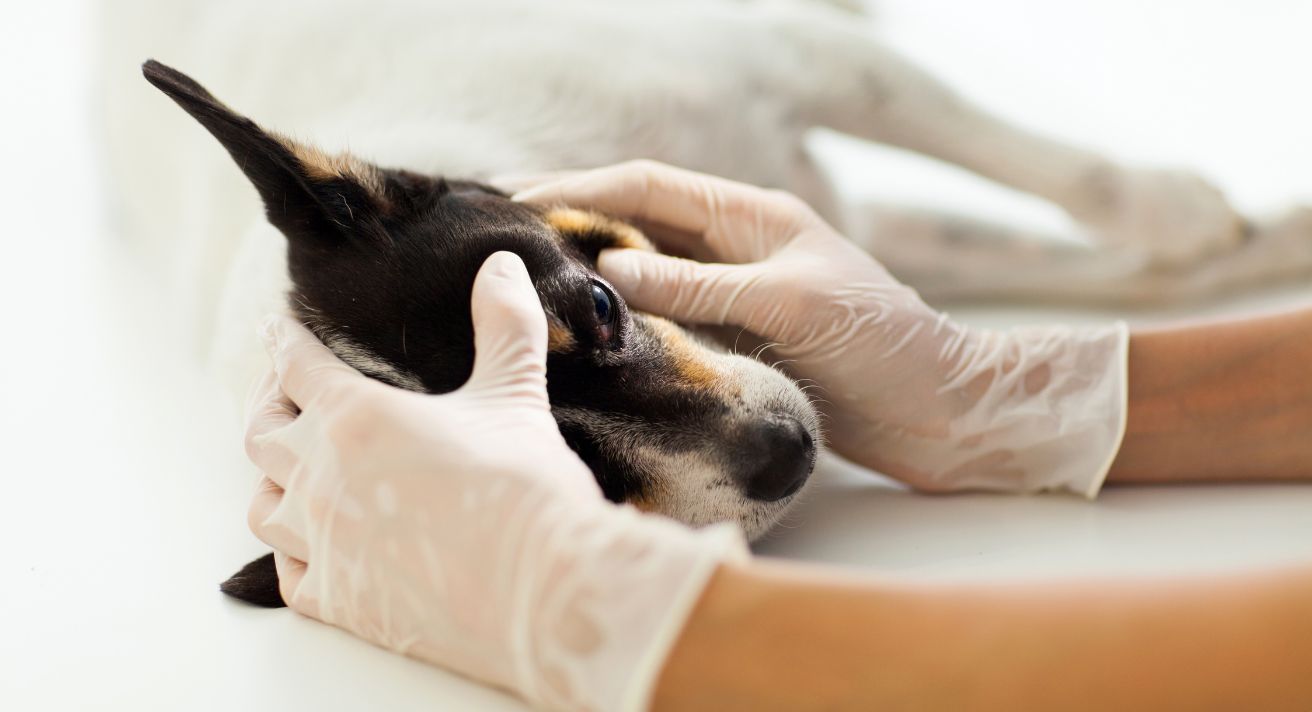The Kennel Club in the UK recognises 220 different dog breeds, so that is a lot of variety! For many people, a dog’s coat is what makes one breed or type appeal to them more than others. Some love the silky, long fur of a Yorkie or the feathering on a gorgeous red setter, while others can’t resist the scruffy, fluffiness of some of the terrier breeds. Other people prefer a sleek coat, such as that of a greyhound or a Jack Russell.
All of those different types of coats have different needs to stay looking – and feeling – their best. Some things are universal, such as a healthy diet with plenty of omega oils. But the amount of grooming can vary from daily to weekly, and different coats need different grooming tools. Some breeds, such as poodles and their -oodle offspring, really need the services of a good dog groomer for their regular grooming while other breeds will never need to visit a groomer at all.
Which Brush is Best for Your Dog?
A good brush is essential to keeping your dog’s fur sleek and unmatted. When you start shopping, you’ll notice a wide variety of dog brushes. Different types of coats have different needs. Which one is best for your dog?
Smooth, short-haired coat? Dogs with this type of coat, such as Jack Russells and Greyhounds, aren’t complicated to groom, but they do still need regular brushing to remove loose hairs before they cover your clothes and furniture. You can use a soft brush, a rubber brush, or a grooming glove.
Long, silky coat? Those gorgeous locs take some effort to keep them silky smooth. A soft brush is good for your setter, spaniel or Yorkie, but you need to brush often enough to prevent matts. A slicker brush can be great for detangling, but wield it with care as those pins can be sharp. A comb is also a useful tool for this coat type.
Wiry coat? These pups won’t ever look sleek, but they do need grooming. A rubber brush or a slicker brush will do the job for your Wolfhound or Fox Terrier.
Thick, scruffy coat? Some terriers have a coat that is fuller than most of the wiry coat breeds but too course to fit in with the likes of Shih Tzus. Their grooming needs, however, are very similar to the wiry coated dogs. Use a rubber brush or a slicker, but use it more frequently to prevent matting.
Double-coated? These hearty coats do an amazing job keeping dogs warm and dry in winter, but they take much more care than you might think. German Shepherds, Bernese Mountain Dogs, Collies and some terriers have a second layer of fluff under their fur – and it sheds like wild in the spring. An undercoat rake is designed especially for them. It will pull out loose undercoat and leave their topcoat smooth.
A fine-tooth flea comb is an essential part of your grooming kit for any breed. It doesn’t replace parasite treatments, but regular use ensures that your dog’s coat stays free of matts and debris as well as unwelcome guests!
Explore our range of grooming tools!
By Irene Hislop





